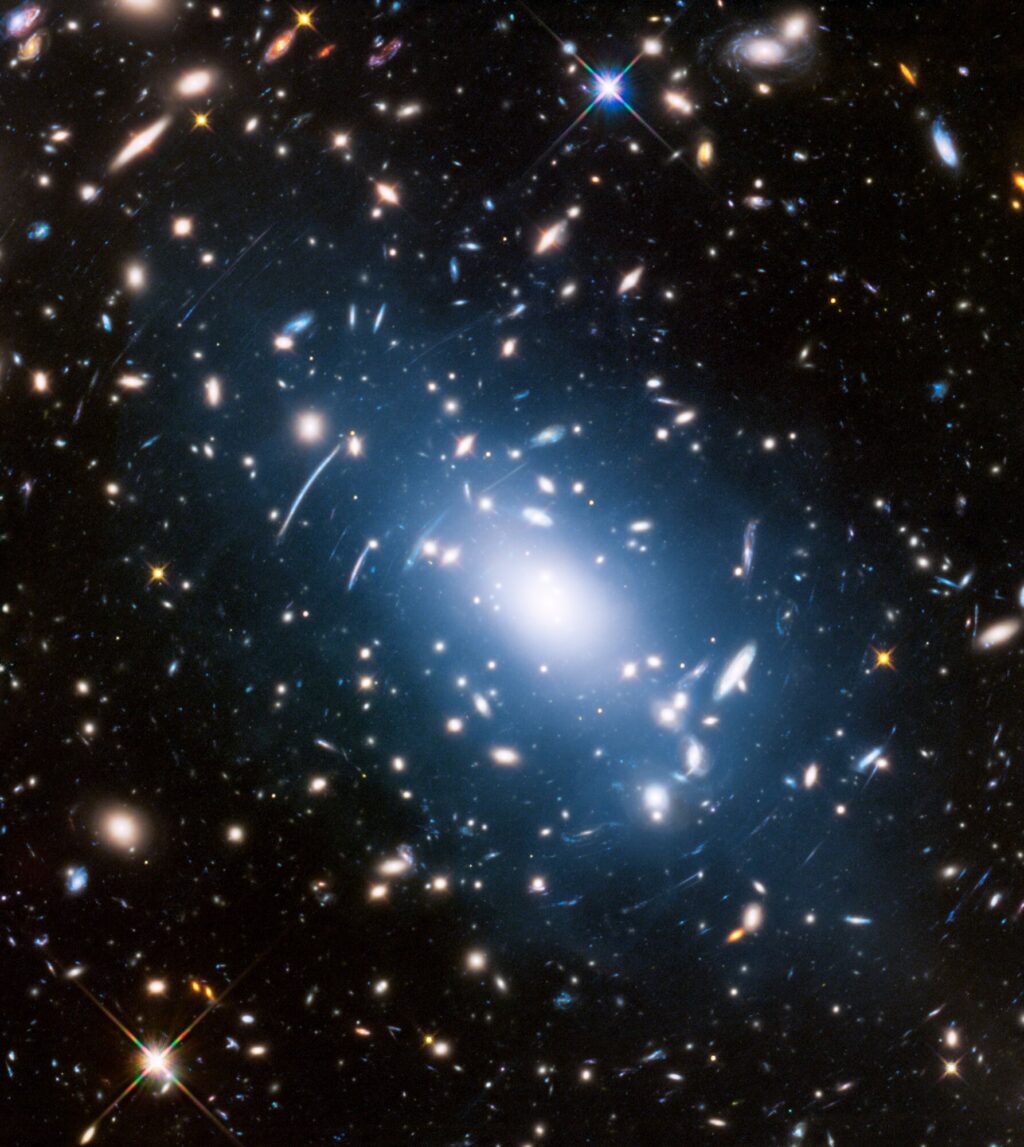
The search for dark matter has led scientists to explore a myriad of models, theories, and ideas. A recent study by researchers Julia Monika Koulen, Stefano Profumo, and Nolan Smyth from the University of California at Santa Cruz (UCSC) delves into the role of primordial black holes (PBHs) in the early universe, suggesting they may have significantly influenced the formation of the first stars. This research, published on the arXiv preprint server, offers new insights into the mysterious nature of dark matter.
In the early universe, the formation of the first stars, known as Population III stars, marked a significant milestone. These stars are believed to be completely metal-free, as the fusion processes that create heavier elements had not yet occurred. Although direct observation of Population III stars remains elusive, simulations provide a window into their characteristics and the universe they inhabited. The UCSC researchers focused on simulating these stars and their environment, particularly examining the role of dark matter minihalos, which may have been composed of PBHs.
The Role of Primordial Black Holes
Primordial black holes are considered prime candidates for the composition of dark matter minihalos. Understanding their influence on early star formation could provide critical insights into the nature of dark matter, which continues to affect the gravitational evolution of the universe. The UCSC team employed a software package called GIZMO to simulate the early universe’s hydrodynamics and gravitational interactions, using the Lambda-Cold Dark Matter model and the GRACKLE library for gas cooling dynamics.
The simulations revealed two potential roles for PBHs. Massive PBHs, those 100 times or more the size of the sun, could have acted as seeds, accelerating star formation by intensifying density fluctuations and creating more dark matter minihalos. Conversely, smaller PBHs, around 10 times the mass of the sun, could either suppress or accelerate star formation depending on their abundance.
Massive vs. Small Primordial Black Holes
If massive PBHs were prevalent in the early universe, they could have led to the formation of stars much earlier than current models predict. This scenario presents a testable hypothesis that could be confirmed or refuted with future data on Population III stars. On the other hand, the role of smaller PBHs is more complex. A sparse distribution of small PBHs could suppress star formation through tidal heating, which raises the temperature of gas that would otherwise cool and collapse into stars.
However, if small PBHs were abundant, their combined gravitational influence, known as the Poisson effect, could enhance star formation by acting as gravitational centers for gas and dust to coalesce around. This dual role of PBHs offers different interpretations of future data on early star formation.
Implications for Dark Matter Research
The findings from these simulations provide valuable predictions that can be tested as more data becomes available. If early stars are discovered to have formed sooner than expected, it could indicate the presence of massive PBHs or an abundance of smaller ones. Conversely, a later formation of the first stars would support the presence of relatively small PBHs, impacting our understanding of dark matter.
The James Webb Space Telescope (JWST) is poised to play a crucial role in gathering the necessary data to test these predictions. With its advanced observational capabilities, the JWST could provide unprecedented insights into the early universe. Additionally, observatories like the Square Kilometer Array (SKA) could revolutionize our understanding of 21-cm cosmology, enabling us to look further back in time to the era when the first stars illuminated the cosmos.
Looking Ahead
As the search for dark matter continues, the role of primordial black holes remains a compelling area of study. The predictions made by the UCSC researchers, along with other studies, await validation through future observations. As technology advances and more data becomes available, our understanding of the universe’s earliest epochs will undoubtedly deepen, shedding light on the fundamental nature of dark matter and the forces that shaped the cosmos.
For more information, refer to the study by Julia Monika Koulen et al, “Primordial Black Holes and the First Stars,” available on arXiv (2025). DOI: 10.48550/arxiv.2506.06171.







